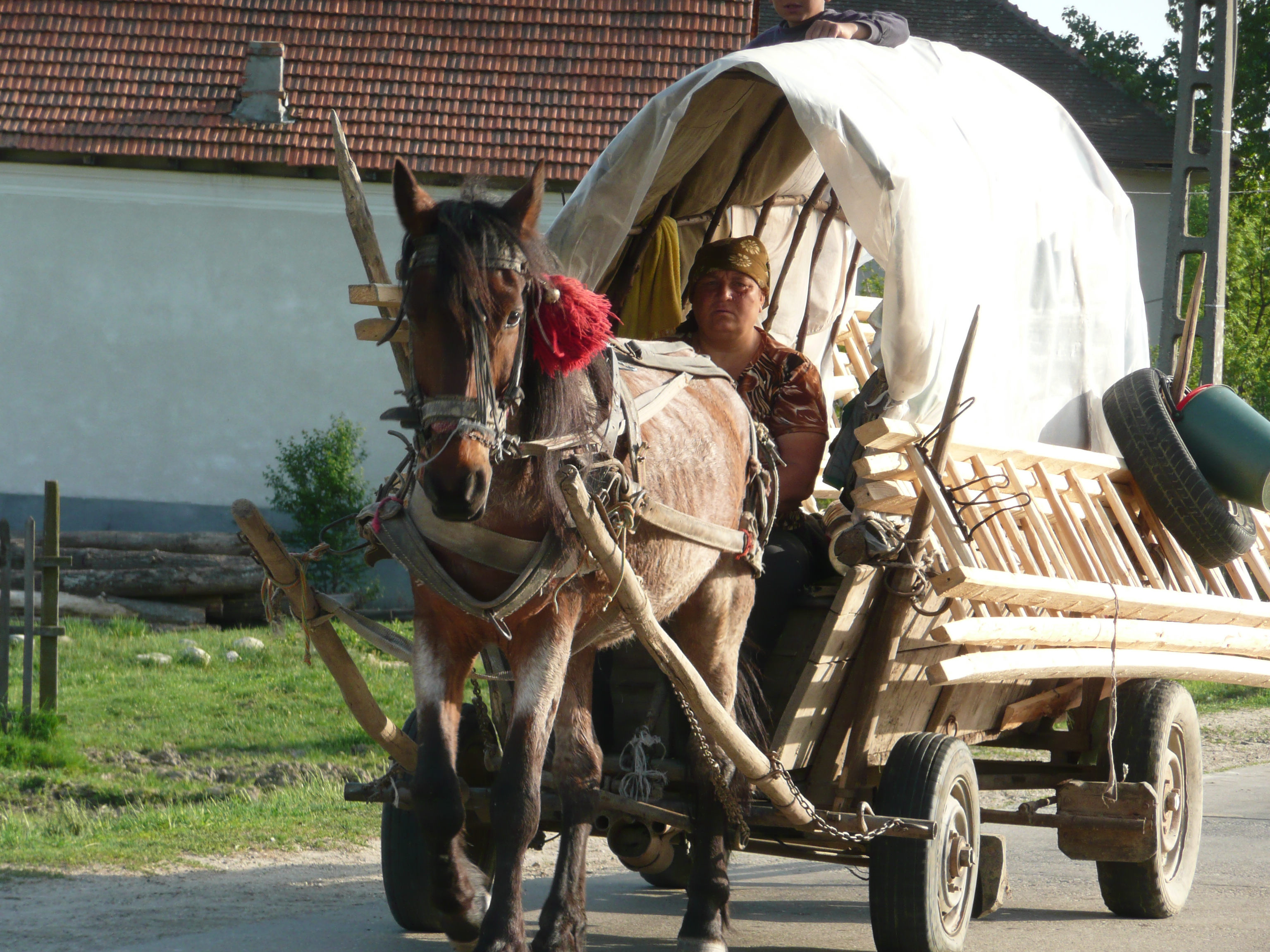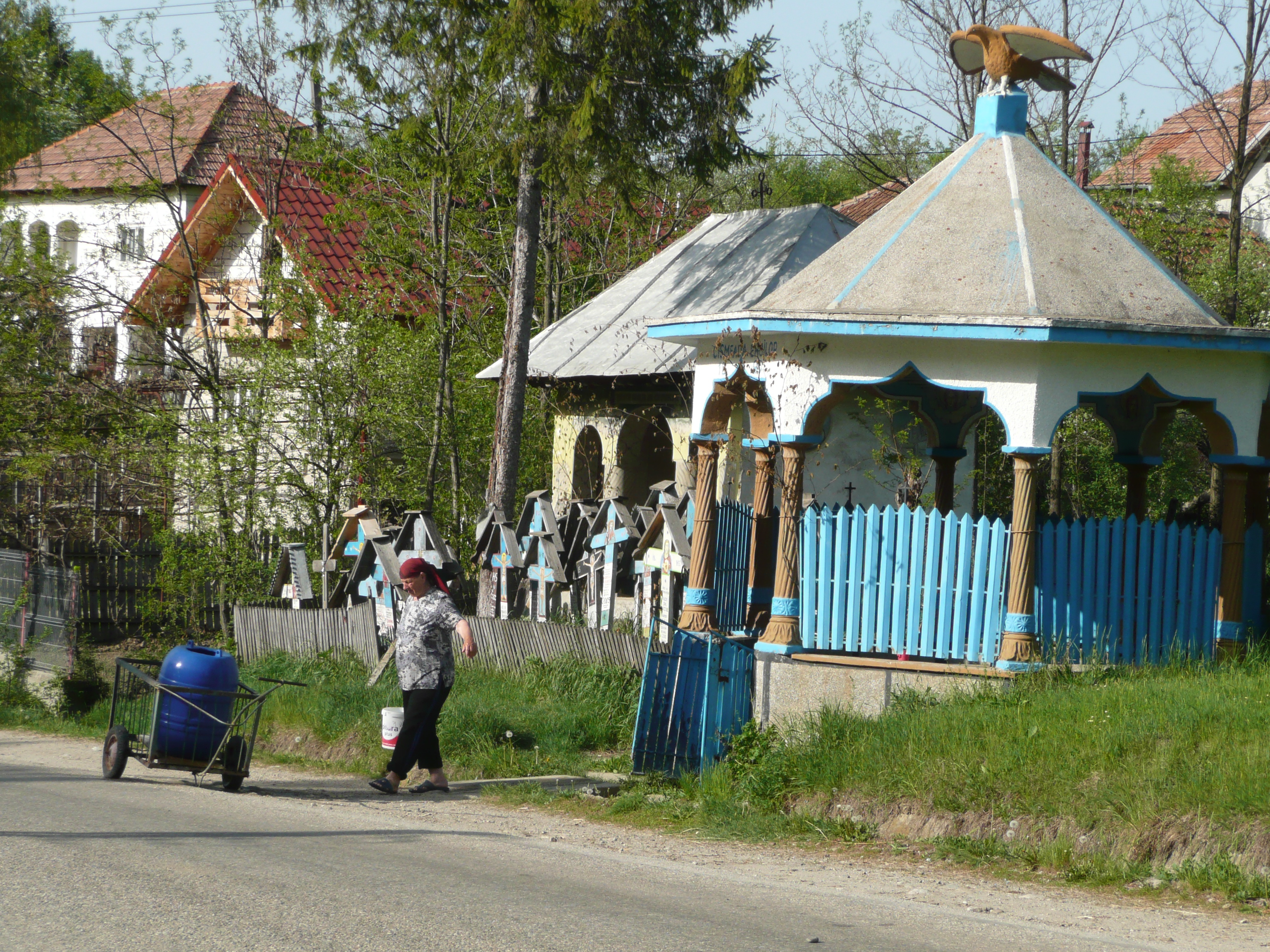ROMANI COMMUNITIES IN THE DANUBE BASIN

The ancestors of the Roma communities in Eastern Europe migrated from the Indian subcontinent to Europe over a millennium ago. The boundaries of this community are determined not by its members, but by the surrounding population that has been living alongside them for centuries. Roma have existed in “two dimensions” for some time, namely as a separate community and as an ethnic society within the respective nation state. Roma are an inhomogeneous socio-cultural unit that is hierarchically structured on different taxonomical levels. A main scientific category, which is traditionally used by the Romani studies’ scholars is the Roma group or tribe or nation or caste. …

